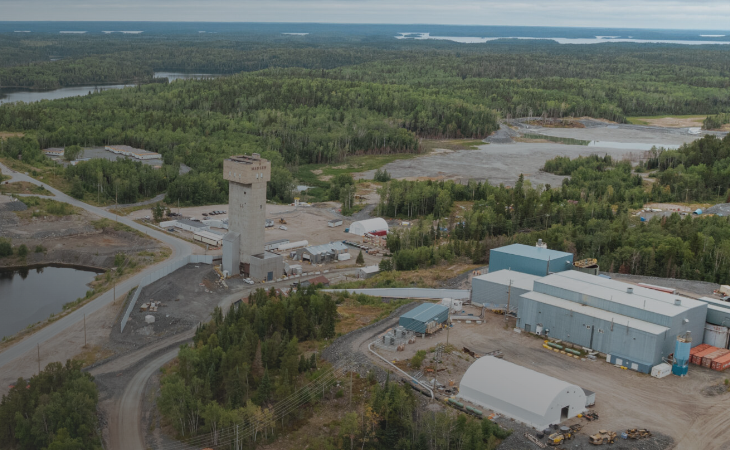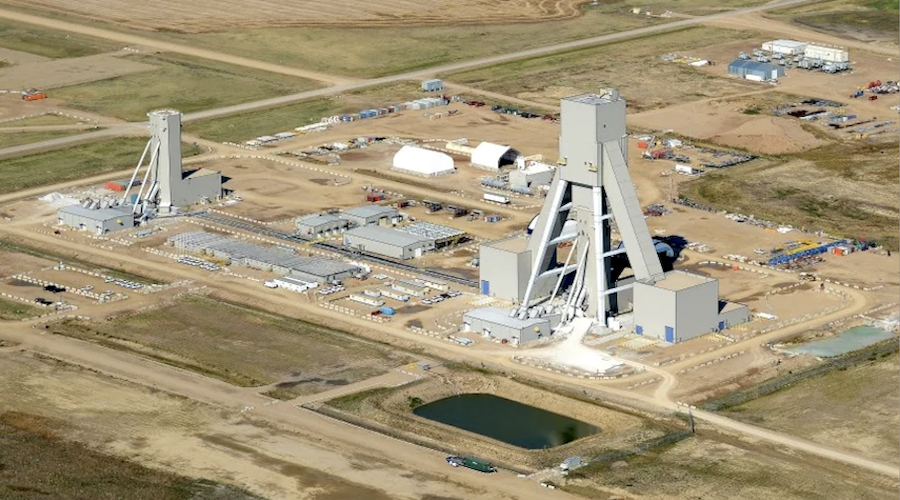VANCOUVER — Service providers provide an interesting bellwether for the mining industry, and management at Major Drilling International is expecting a “resurgence in demand for specialized drilling” in the near future. The company noted its revenues were already up 8% during its fiscal first quarter, and attributed the result to improving market conditions.
Major released its quarterly financials in early September, which were headlined by a year-on-year revenue drop of around 18% to $69 million compared to the same period last year. The company registered a net loss of $9.8 million, or 12¢ per share, and reported a $33-million net cash position. The quarterly results were notably impacted by the purchase of over $3 million in “inventory in preparation for potential increased activity levels,” while the company also spent $2.8 million on capital expenditures.
“Commodity prices have improved over the last six months, fueling mineral financings. In fact, in June and July there was a noticeable increase in the number of financings on the Toronto Stock Exchange,” noted president and CEO Denis Larocque during a conference call.
“Most mining companies remain cautious in their spending, since 2016 budgets were planned at the end of [last year] when commodity prices were low, but we’ve seen an increase in activity in the last three months,” he continued.
In terms of geography, quarterly revenues from Canada-U.S. drilling operations decreased by 14% to $43.8 million compared to the same period last year. Meanwhile, South and Central American revenue was down 34% to $13.5 million, and Asian and African operating revenues dropped 5% to $11.8 million. The company noted that gold and copper projects typically account for over 70% of its activity.
Major said that “senior and intermediate” mining companies represented 93% of its revenue for the quarter, while juniors accounted for just 7%. Gold projects represented 57% of revenues, while copper accounted for 20% of the quarter.
Larocque explained that there will be a rising demand for drilling due to a perceived supply-demand imbalance driven by dwindling in-ground metal inventories. The company noted that the gold reserves among the “largest gold companies” had dropped by 30% over the past four years back to pre-2007 levels, and that expectations have copper markets in deficit in roughly two years due to “lack of exploration work conducted to replace reserves.”
“Seniors will be having discussions internally in terms of where they’re going, and some have already hinted that they want to do more, or they need to do more, to address the reserve problems,” Larocque elaborated. “As far as juniors are concerned, the spike in financing has really only happened in the last two months, so we haven’t seen a big impact trickle down to the field from that quite yet.”





Comments